Coral reefs are like underwater cities, bustling with life and color that make even the most experienced snorkelers stop in their tracks. These natural masterpieces have been forming for thousands of years, creating some of the most spectacular underwater landscapes on Earth. From shallow lagoons perfect for beginners to dramatic drop-offs that’ll make your heart race, coral reefs offer snorkeling experiences that photos simply can’t capture.
The best part about reef snorkeling is that you don’t need to be an expert diver to witness these underwater wonders. Here is a list of 20 coral reefs around the world that offer incredible snorkeling adventures for every skill level.
Great Barrier Reef, Australia

The Great Barrier Reef stretches over 1,400 miles along Australia’s northeastern coast, making it the largest coral reef system on the planet. You can snorkel right off the beach at places like Green Island or take a boat tour to the outer reefs where the coral formations are mind-blowing.
The diversity here is staggering — you’ll swim alongside sea turtles, reef sharks, and thousands of tropical fish species in crystal-clear waters.
Molokini Crater, Hawaii
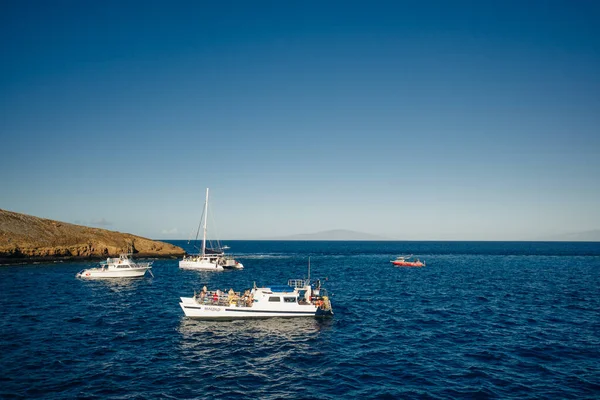
This crescent-shaped volcanic crater sits about three miles off Maui’s coast and creates a natural sanctuary for marine life. The crater’s unique shape blocks waves and currents, resulting in calm, clear waters with visibility often exceeding 150 feet.
Molokini is home to over 250 fish species, and you’ll likely spot parrotfish, angelfish, and the occasional manta ray gliding through the pristine waters.
Like Travel Pug’s content? Follow us on MSN.
Hanauma Bay, Hawaii
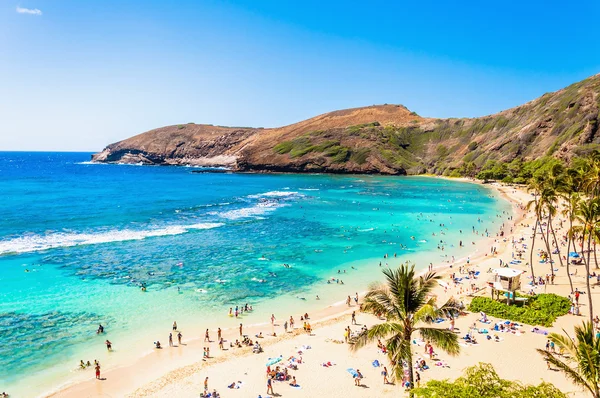
Hanauma Bay on Oahu is like a natural aquarium where the fish seem almost tame around snorkelers. This protected marine sanctuary features a large, shallow bay with coral formations close to shore, making it perfect for beginners and families.
The bay is home to Hawaii’s state fish, the humuhumunukunukuapua’a, along with green sea turtles that often cruise just a few feet from snorkelers.
Key Largo, Florida
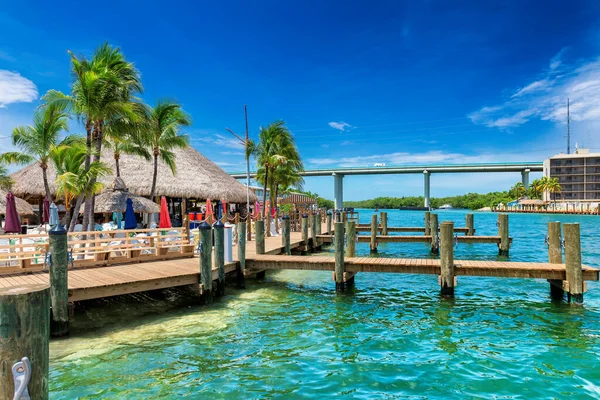
Key Largo sits right next to the Florida Keys National Marine Sanctuary, giving you access to the only living coral barrier reef in the continental United States. The shallow waters here are perfect for spotting colorful parrotfish, angelfish, and barracuda swimming among elkhorn and brain coral formations.
Many tour operators offer glass-bottom boat trips combined with snorkeling so that you can see the reef from above and below the surface.
Belize Barrier Reef, Belize

The Belize Barrier Reef is the second-largest coral reef system in the world and offers some of the most accessible reef snorkeling in Central America. Shark Ray Alley near Ambergris Caye is famous for its friendly nurse sharks and southern stingrays that swim right up to snorkelers.
The water here is warm year-round, and the coral formations are incredibly diverse, ranging from massive brain corals to delicate sea fans.
Like Travel Pug’s content? Follow us on MSN.
Red Sea Reefs, Egypt

The Red Sea near Hurghada and Sharm el-Sheik offers some of the most vibrant coral reefs in the world, with colors so intense they look like someone turned up the saturation on a photo. The coral formations here grow almost to the surface, making snorkeling from the beach incredibly rewarding.
You’ll encounter schools of anthias creating clouds of pink and orange, while Napoleon wrasse and moray eels peek out from coral crevices.
Maldives Coral Gardens
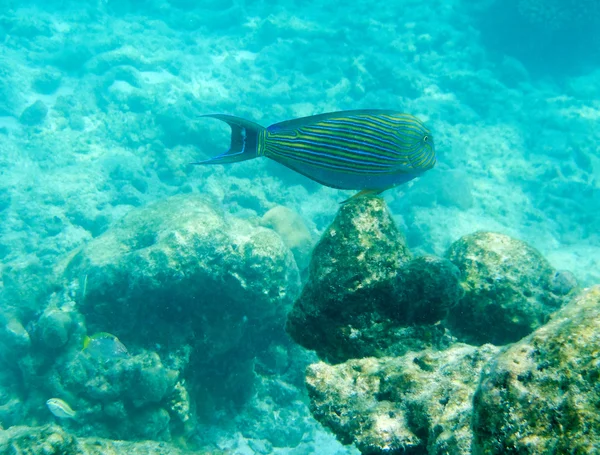
The Maldives consists of over 1,000 coral islands, each surrounded by house reefs that you can snorkel directly from the beach. These reefs are like underwater gardens with table corals, soft corals, and coral formations that create natural swimming pools and channels.
Manta rays are common visitors to many Maldivian reefs, and the clear, warm waters make it easy to spot reef sharks, eagle rays, and countless tropical fish species.
Bonaire Marine Park, Caribbean
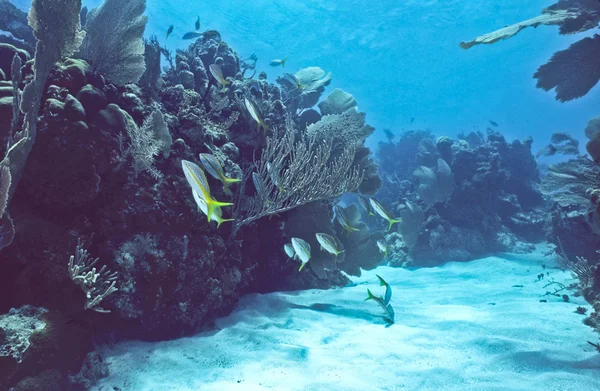
Bonaire is a snorkeler’s dream because the entire coastline is a protected marine park with over 80 designated dives and snorkel sites. The island’s reefs start just steps from the shore, and you can walk into world-class snorkeling from most beaches.
The coral formations here are pristine, and you’ll encounter everything from tiny seahorses to large groupers in waters that rarely have waves or strong currents.
Like Travel Pug’s content? Follow us on MSN.
Cozumel, Mexico

Cozumel’s reefs are part of the Mesoamerican Reef System, the largest reef system in the Western Hemisphere. The island’s protected west coast offers calm, clear waters perfect for snorkeling, with coral formations that include massive barrel sponges and colorful soft corals.
You’ll often spot angelfish, butterflyfish, and the occasional sea turtle gliding through the warm Caribbean waters.
Ningaloo Reef, Australia
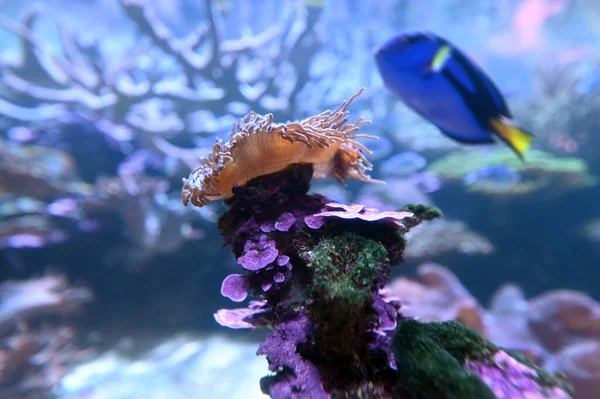
Ningaloo Reef in Western Australia is unique because it’s one of the few large coral reefs where you can snorkel directly from the beach. The reef runs parallel to the coast for over 160 miles, but in many places it’s just 100 yards from shore.
This UNESCO World Heritage Site is famous for its whale shark encounters, but even regular snorkeling here reveals an incredible variety of coral formations and marine life.
Rainbow Reef, Fiji
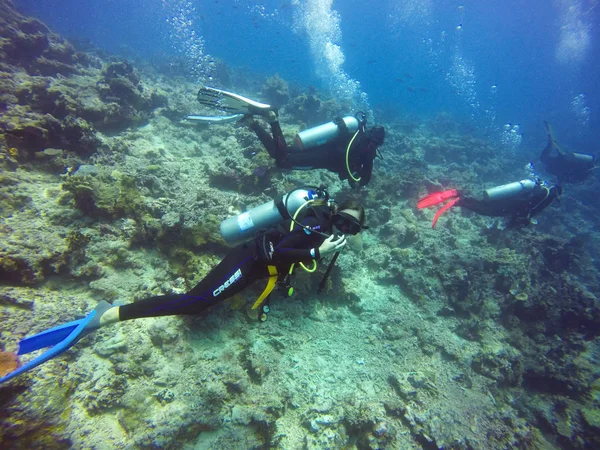
Rainbow Reef between Vanua Levu and Taveuni islands is considered one of the world’s premier soft coral diving destinations, and the snorkeling is equally spectacular. The reef gets its name from the incredible variety of colorful soft corals that create an underwater rainbow effect.
The nutrient-rich waters here support massive coral formations and an abundance of marine life, including schools of barracuda and various shark species.
Like Travel Pug’s content? Follow us on MSN.
Palawan Reefs, Philippines
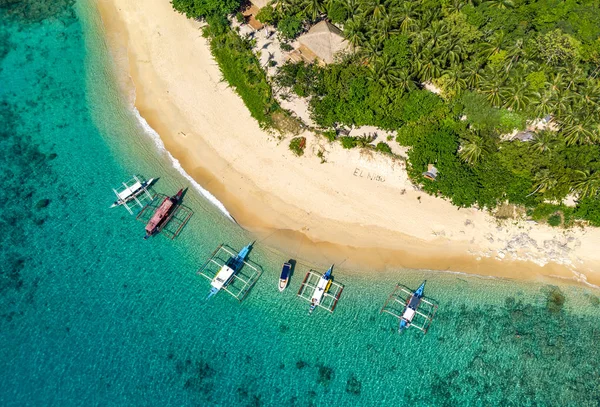
Palawan’s coral reefs, particularly around El Nido and Coron, offer some of Southeast Asia’s most pristine snorkeling experiences. The limestone karst landscape creates protected lagoons and bays where coral reefs thrive in calm, clear waters.
You’ll find an incredible diversity of marine life here, from tiny nudibranchs to large groupers, all swimming among healthy coral formations that have been protected by local conservation efforts.
Komodo National Park, Indonesia
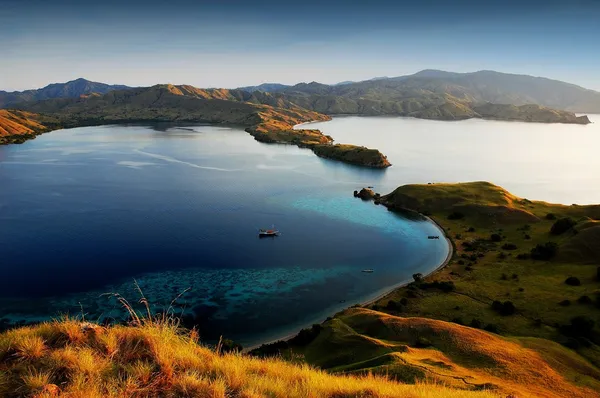
The reefs around Komodo Island offer snorkeling in some of the most biodiverse waters on Earth, sitting right in the heart of the Coral Triangle. The strong currents here bring nutrients that support incredibly healthy coral growth and attract large marine animals like manta rays and reef sharks.
While some sites require boat access, the snorkeling here reveals coral formations and marine life diversity that’s simply unmatched anywhere else in the world.
Similan Islands, Thailand
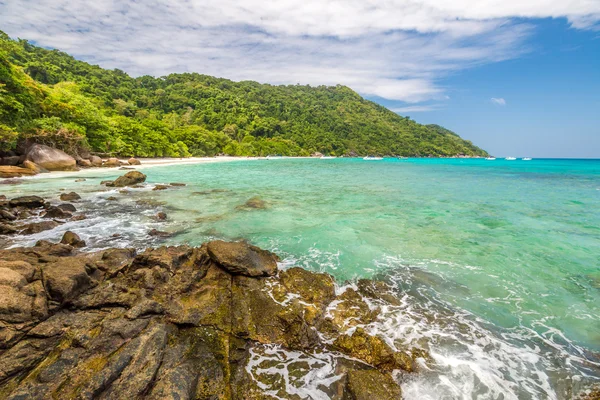
The Similan Islands in the Andaman Sea are famous for their granite boulder formations both above and below water, creating unique snorkeling environments. The coral reefs here grow around and between massive granite rocks, creating swim-throughs and underwater landscapes unlike anywhere else.
The water clarity is exceptional, often exceeding 100 feet of visibility, making it easy to spot the abundant marine life that calls these reefs home.
Like Travel Pug’s content? Follow us on MSN.
Roatan, Honduras

Roatan sits on the edge of the Mesoamerican Reef System and offers easy access to pristine coral reefs from many beach locations. The island’s barrier reef creates calm, protected waters perfect for snorkeling, with coral formations that include massive brain corals and delicate staghorn corals.
West Bay Beach is particularly famous for its shore snorkeling, where you can walk just a few yards into the water and find yourself swimming over vibrant coral gardens.
Carlisle Bay, Barbados
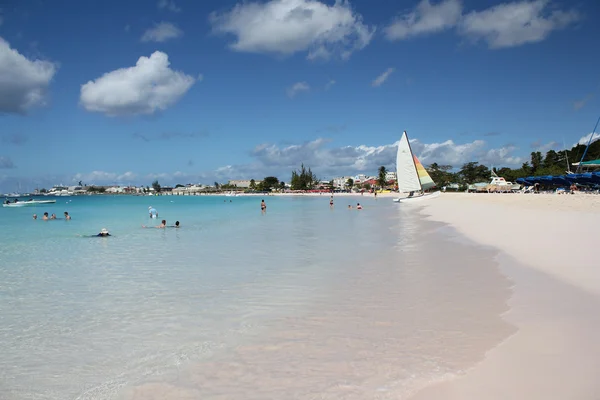
Carlisle Bay on Barbados’ west coast is home to four shipwrecks that have become artificial reefs, creating unique snorkeling opportunities. The wrecks are covered in coral growth and surrounded by natural reefs, attracting sea turtles, rays, and schools of tropical fish.
The bay’s calm, clear waters make it perfect for snorkelers of all levels, and you can often swim with hawksbill and green sea turtles that frequent the area.
Klein Bonaire, Curaçao
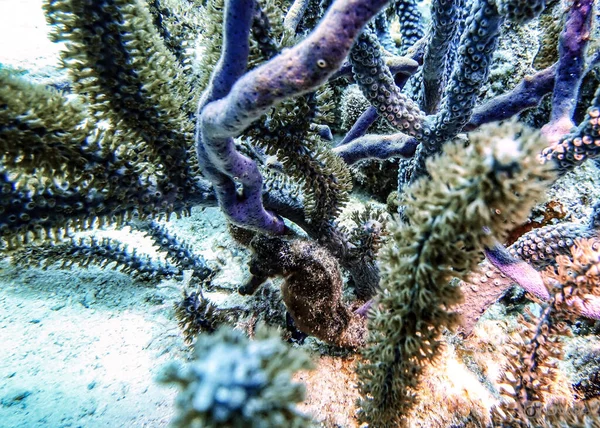
Klein Bonaire is a small, uninhabited island off Curaçao’s coast that’s surrounded by some of the Caribbean’s healthiest coral reefs. The reefs here start in just a few feet of water and extend down the reef wall, creating perfect conditions for snorkeling.
The coral formations include massive brain corals, colorful sponges, and sea fans, while the marine life ranges from tiny reef fish to large tarpon and occasionally dolphins.
Like Travel Pug’s content? Follow us on MSN.
Buck Island, US Virgin Islands
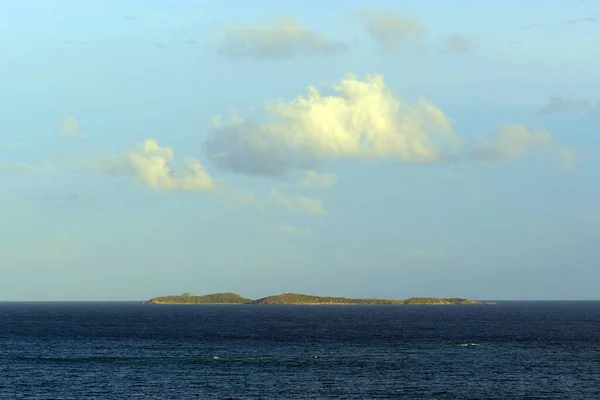
Buck Island Reef National Monument near St. Croix features an underwater snorkel trail that’s like a self-guided tour through a coral reef ecosystem. The reef here is carefully protected and monitored, resulting in some of the healthiest coral formations in the Caribbean.
The snorkel trail includes underwater plaques that help identify different coral species and marine life, making it educational as well as spectacular.
Sipadan Island, Malaysia
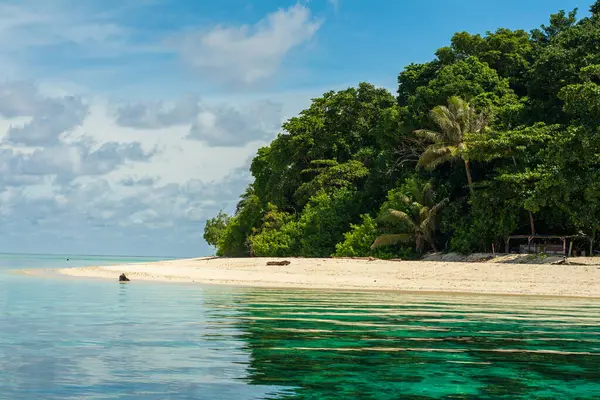
Sipadan Island rises from the depths of the Celebes Sea and is surrounded by reefs that drop off into incredibly deep water just yards from shore. The island’s unique location attracts large marine animals, including schools of barracuda, bumphead parrotfish, and various shark species.
While the diving here is world-famous, the snorkeling around the shallow reef areas reveals an incredible diversity of coral species and marine life.
Apo Island, Philippines
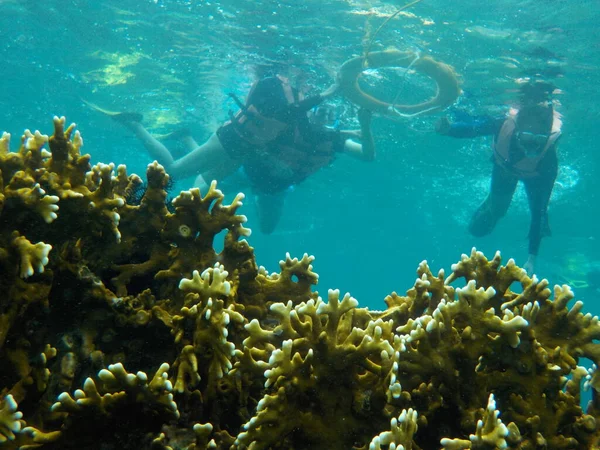
Apo Island is a small volcanic island surrounded by a marine sanctuary that has become a model for community-based reef conservation. The island’s reefs have recovered dramatically since protection began, creating some of the Philippines’ best snorkeling opportunities.
You’ll find an incredible variety of coral formations here, from massive table corals to colorful soft corals, all teeming with marine life, including sea turtles that are commonly spotted by snorkelers.
Like Travel Pug’s content? Follow us on MSN.
Ancient Reefs in Modern Waters
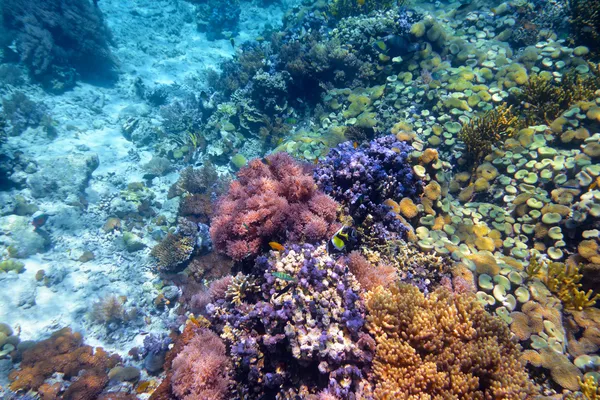
These coral reefs represent thousands of years of continuous growth and adaptation, yet they continue to evolve and change with each passing day. Many of the reefs on this list have survived ice ages, volcanic eruptions, and countless storms, proving their incredible resilience over geological time.
Today’s snorkelers are witnessing living ecosystems that connect us directly to the ancient history of our oceans while supporting some of the most diverse marine communities on Earth.The next time you float over a coral reef, remember that you’re looking at one of nature’s greatest architectural achievements. This living structure has been millions of years in the making and continues to grow beneath your fins.
More from Travel Pug

- 20 Best Beach Towns in the Carolinas
- 13 Destinations Where Tourists Regularly Regret Their Trip
- 20 Things You Actually Get in First Class
- 20 Small Airports With Aviation Museums
- 20 Places in the U.S. That Are Perfect for a Reset Trip
Like Travel Pug’s content? Follow us on MSN.
